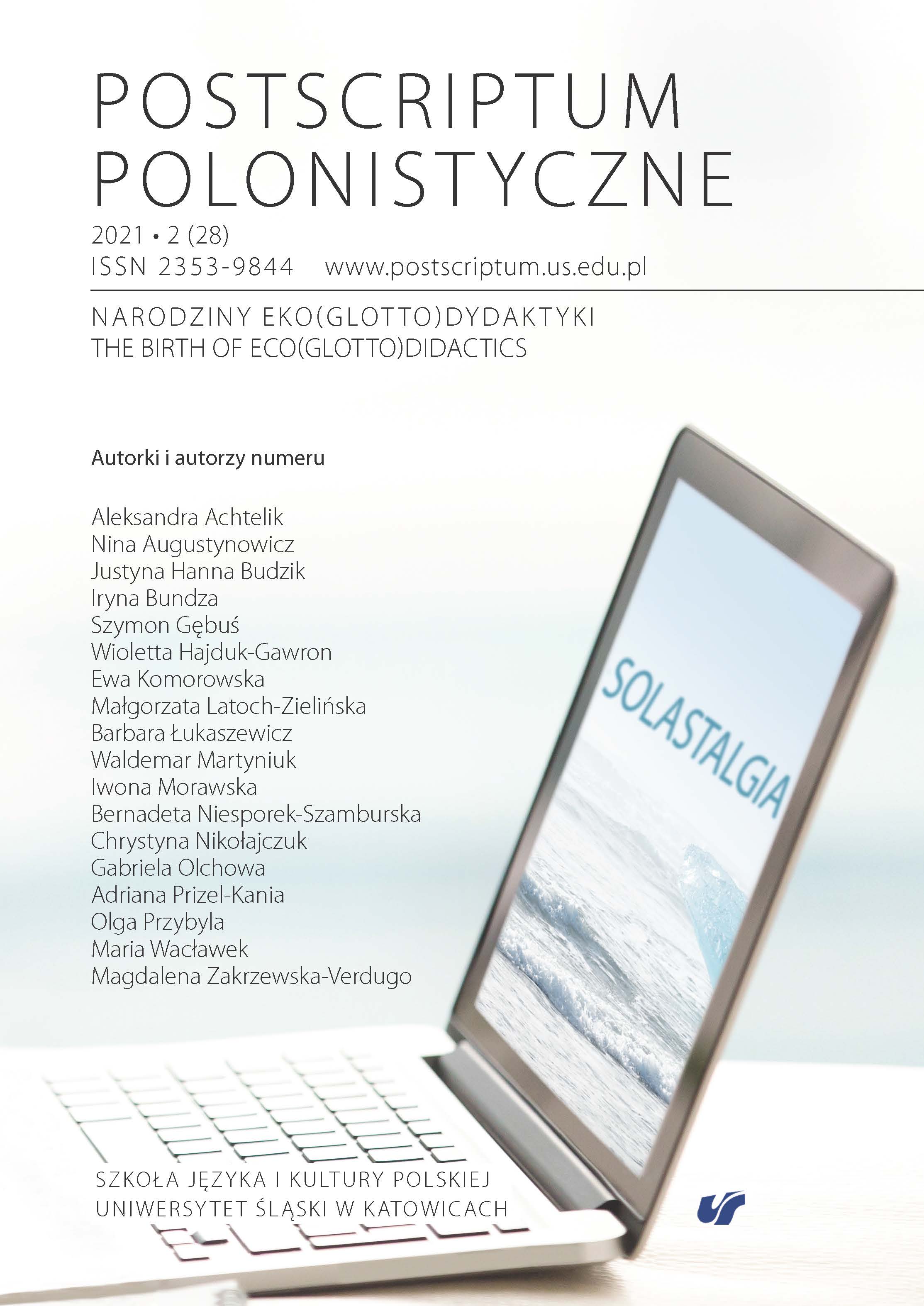Contamination and Consumption in Christina Rossetti’s Goblin Market: A Food Studies Perspective
Contamination and Consumption in Christina Rossetti’s Goblin Market: A Food Studies Perspective
Author(s): Nina AugustynowiczSubject(s): Language and Literature Studies
Published by: Wydawnictwo Uniwersytetu Śląskiego
Keywords: Christina Rossetti; Goblin Market; food studies; conceptual metaphor theory; femininity
Summary/Abstract: The aim of this article is to analyse the work of the English poet Christina Rossetti from the perspective of Victorian gender norms directed at girls. In her poem “Goblin Market” Rossetti describes sisters Laura and Lizzie, whose idyllic existence is disturbed by the arrival of sinister goblin fruit sellers. While Lizzie maintains proper restraint, Laura greedily devours the juicy fruits, for which she is punished – she loses strength and sinks into apathy. She is saved only by the sacrifice of her sister, who risks her life to purchase more delicacies and feed them to the weakened Laura. The sisters’ fantastic adventures have been interpreted in various ways, from a story of sin and salvation, to one of food poisoning to an allegory of the creative process. All these approaches, however, see the eating of sweet fruit as a form of transgression as a result of which Laura is banished from the idyllic self-sufficiency of their small farm, where the girls are not troubled by any sorrows. However, having learned the sweet taste of the fruit, Laura does not want to milk cows, feed hens and bake cakes without a word of complaint. Using the framework of food studies enriched with the tools of conceptual metaphor theory, the article argues that the contamination Laura suffers through forbidden consumption is not presented by Rossetti as unambiguously negative. This interpretation also becomes bolstered by comparing Rossetti’s piece with how other Victorian female writers defined the role of young women in relation to food, including especially the aspect of their apprenticeship to be housewives. In this view, the goblin fruit gains a new dimension: its consumption highlights the oppressive nature of the norms to which young women were subjected in the Victorian era.
Journal: Postscriptum Polonistyczne
- Issue Year: 28/2021
- Issue No: 2
- Page Range: 1-16
- Page Count: 16
- Language: English

